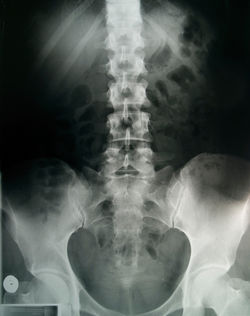 |  |  |  |  |
|---|---|---|---|---|
 |  |  |  |  |
 |  |  |  |  |
 |  |  |  |  |
 |  |  |  |  |
 |  |  |  |  |
 |  |  |  |  |
 |  |  |

Billi Research Group
Engineering devices and technologies to diagnose, monitor, and treat musculoskeletal diseases
Orthopaedic Biology, Digital Health, Musculoskeletal Research, Wearable Technologies, 3D Printing, Smart and Functional Materials, and Smart Textiles. Particle Analysis, Bone on-a-chip, Wearable Technologies, Sensor Fusion
We offers a spectrum of advanced methodologies to academic and industrial clients, specifically:




The laboratory is equipped with 40 stations of hip wear simulators, a 6-station MTS spinal disc wear simulator, and state-of-the art metrology equipment (CMM, and surface profilometry combined with 3-D imaging).
Entirely new methods for wear particle purification and display provide the high recovery and particle separation necessary for individual particle chemical and accurate quantitative morphometric analysis on both SEM/EDS and STEM/EDS imaging platforms. These novel tools have been used on wear debris isolated from the serum-based wear lubricants, and from periprosthetic tissue and synovial fluid. The protocols were recognized with the 2011 John Charnley Award from The Hip Society.
In addition to particle analysis, we can evaluate the concentration of metal ions and total load in the sample using ICP-MS analysis, providing a complete assessment of the wear and corrosion behavior of the implant and wear debris. Cr speciation is also available. Metal ions can be also evaluated in whole blood, plasma and tissues.
Using macro and microscopic analysis of implant surfaces and structural failures (LM, SEM) coupled with X-Ray investigative techniques (XPS, EDS) and metrology (CMM, surface profilometer combined with a 3-D image software, for wear scar mapping) B-PAL can determine the mode of failure of explanted implants. The large database of information from previously analyzed implant revisions allow us for a more rapid and precise identification of the reasons for any subsequent revisions.
The lab is also currently developing new and more sensitive in vitro and in vivo tests to evaluate the biological/immunological responses to the uniquely purified and clinically equivalent wear particles.
The protocols used conform to ASTM and ISO standards.
The laboratory works under conditions that exceed the Code Federal Regulation Title 21 (21CFR58) for Good Laboratory Practices (GLP).